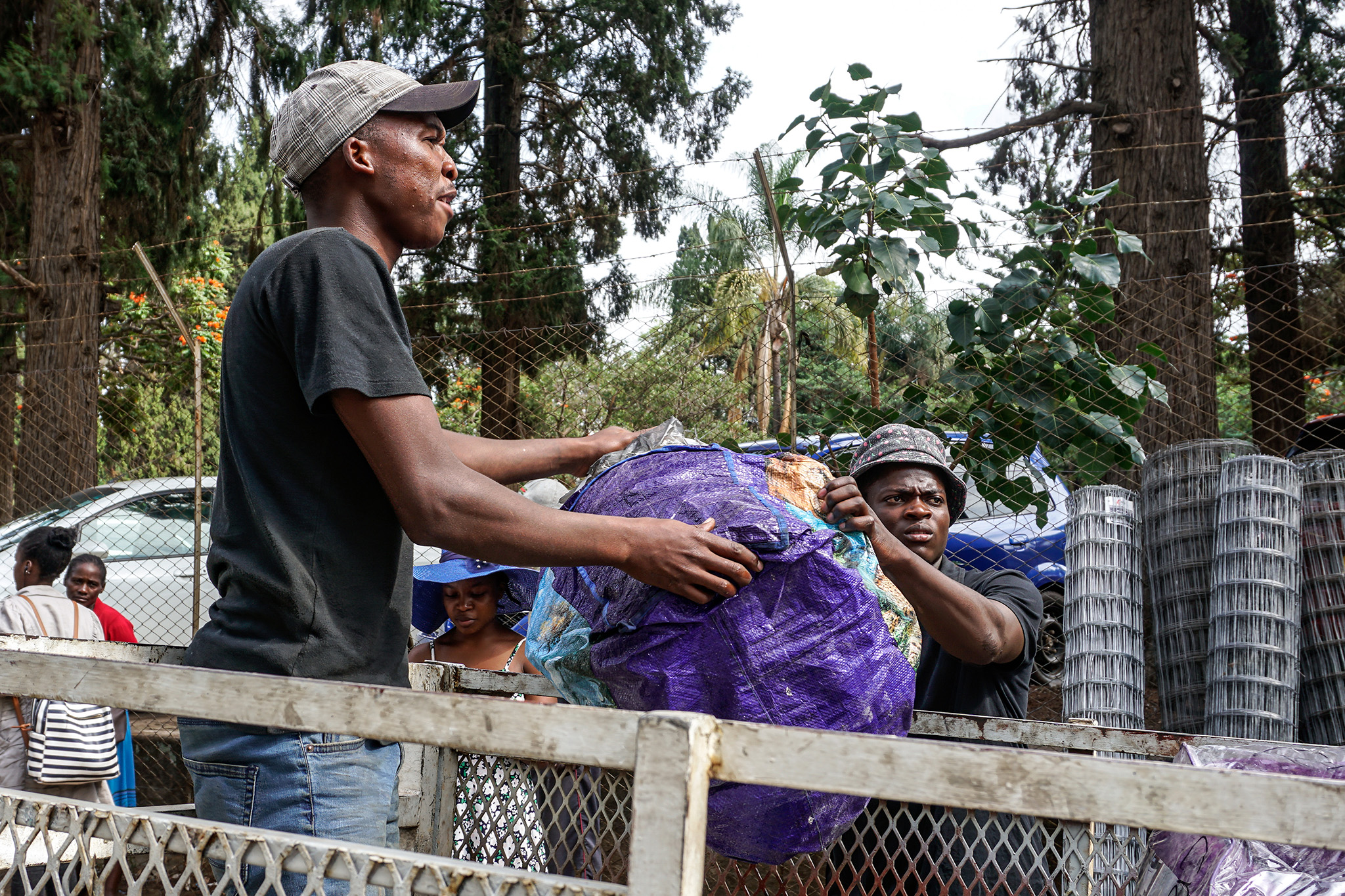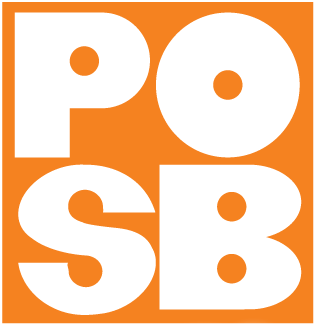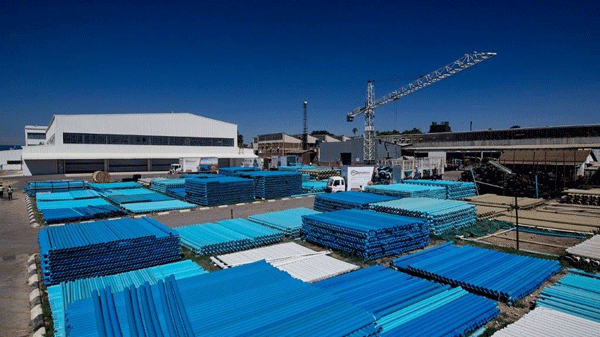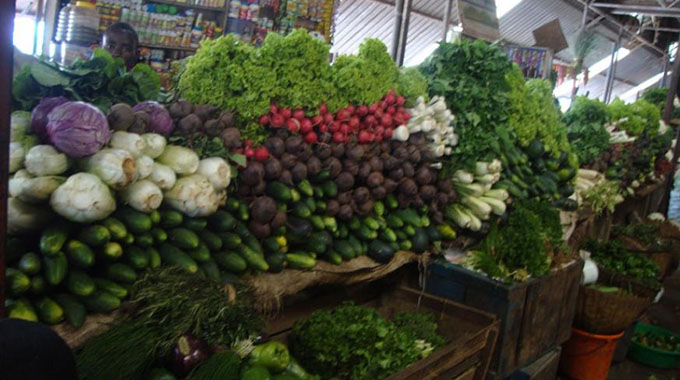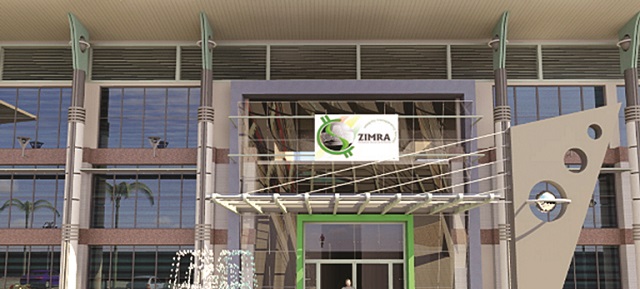Power cuts, inflation squeeze OK Zim profits despite revenue rise
Retail company Ok Zimbabwe says operating costs for the year to March 31, 2024 at $3,44 trillion were 107 percent higher than $1,67 trillion in the prior year driven by significant increases in energy costs, utilities and property operating costs.
Group chairman, Hebert Nkala said utilities providers such as ZESA and the local municipal authorities increased tariffs for electricity, water and rates in an unsustainable manner further increasing the cost of doing business.
“In addition, erratic power supply, resulted in reliance on generators which further drove energy costs higher,” he said, commenting on the financials.
He added that labour costs also grew during the year in response to wage increases approved by the National Employment Council (NEC) for the Commercial Sector.
As a result of hydrology issues that have impacted Kariba Power Station electricity production, power utility ZESA is struggling to meet overall demand as ZESA is also prioritising wheat farmers.
Kariba’s power generation is being optimised to produce an average of 250 MW, with peak supply up to 400 MW.
This has also seen the wider industry being affected by load shedding, resulting on increased reliance on generators which have a bearing on energy costs.
According to Nkala, the operating environment remained constrained throughout the course of the financial year with consumer buying power being decimated.
He said these factors created challenges in long term planning and decision-making, affecting consumer confidence and spending patterns.
As a result, items sold declined by 29,2 percent against prior year driven by the market pricing distortions imposed on the group.
“This was compounded by constraints within the macro-economic environment that resulted in steep price increases, decline in consumer spending power as well as restrictive supplier trading terms that adversely impacted product availability,” said Nkala.
Despite the constrains, group revenue for the year grew by 29,4 percent to $12,4 trillion compared to $9,5 trillion in prior year, whilst in historical cost terms, revenue grew by 676,6 percent to $2,0 trillion against a blended annual inflation of 55,3 percent.
Nkala said revenue growth was muted, which in the face of imposed market pricing distortions, reflects the resilience of the business model and the loyalty of our valued customers.
He said the group’s strategic initiatives to enhance product offerings, optimise supply chain efficiencies and to expand digital presence have yielded positive results and positioned the group well for future growth.
During the year under review, operating income grew by 330 percent to $2 trillion from $68,7 billion last year, whilst in historical cost terms, operating income grew by 605 percent to $87 billion compared to $12 billion last year demonstrating the operational resilience of the group underpinned by a robust pricing model and cost containment measures.
During a presentation to analysts yesterday, group chief executive Maxen Karombo said the group’s strategy is anchored on a multi-brand approach with each brand serving a unique role in the market.
“The group is deliberately pursuing a brand differentiation strategy, focusing on unique value propositions, with each brand contributing to the overall strategic objectives through targeted positioning and offerings,” he said.
Karombo said OK remains the group’s flagship brand catering to the mainstream and budget customer base. With 53 stores, Ok contributed 60 percent to total group revenue.
It was followed by OKmart which has 9 stores, contributing 25 percent to total group revenue. Karombo said OKmart serves as a hybrid retail/wholesale model, offering a unique one-stop shopping experience that combines convenience and affordability.
The group’s premium offering is anchored by Bon Marche’ and Food Lover’s Market proffering high-quality fresh produce, premium private labels and a superior shopping experience.
Bon Marche has 9 stores while Food Lovers has 3 and their contribution to revenue was 13 percent and 2 percent respectively.
Karombo said Vimbai Capital, housing the financial services arm of the business presents an opportunity for the expansion of the group’s non-funded revenue base, generating additional revenue streams beyond traditional retail sales.
Karombo noted that notable volume gains have been recorded in FY2025 Q1 on the back of the successful implementation of the group’s volume recovery strategies.
“The business intends to sustain this volume growth trajectory through consistent availability of product, continuance of the fair price campaigns and shopper experience optimization across all brands,” he sa
He added that the group continues to closely monitor changes in the operating environment, explore new growth opportunities, implement strategies to regain lost volume and restore the business to sustainable growth.
He said the group is optimistic that the current stability in the economy will persist, creating a favorable environment for business growth.
Karombo said the economic landscape is expected to remain relatively stable in the short to medium term due to the tight monetary policy stance currently being maintained by authorities, which will help maintain price competitiveness on the back of stable exchange rates.-ebusinessweekly



